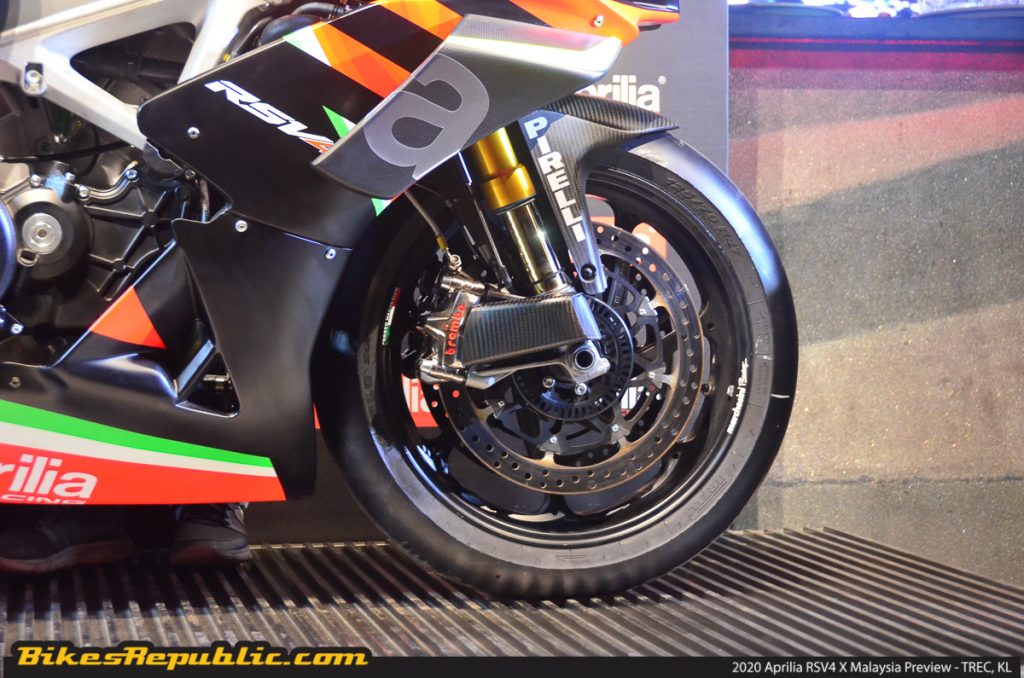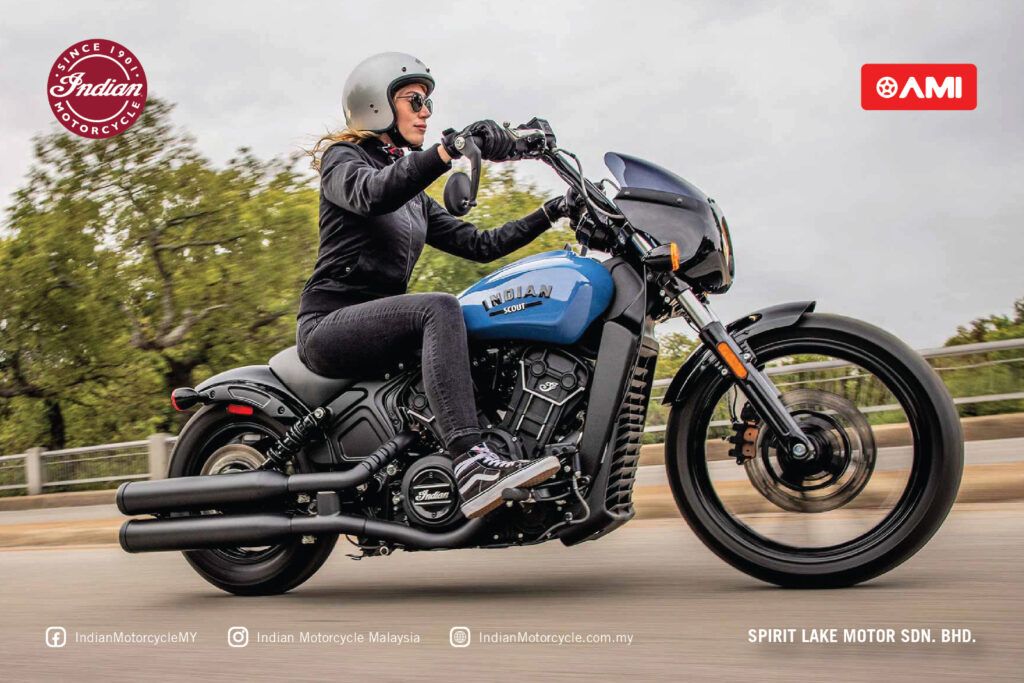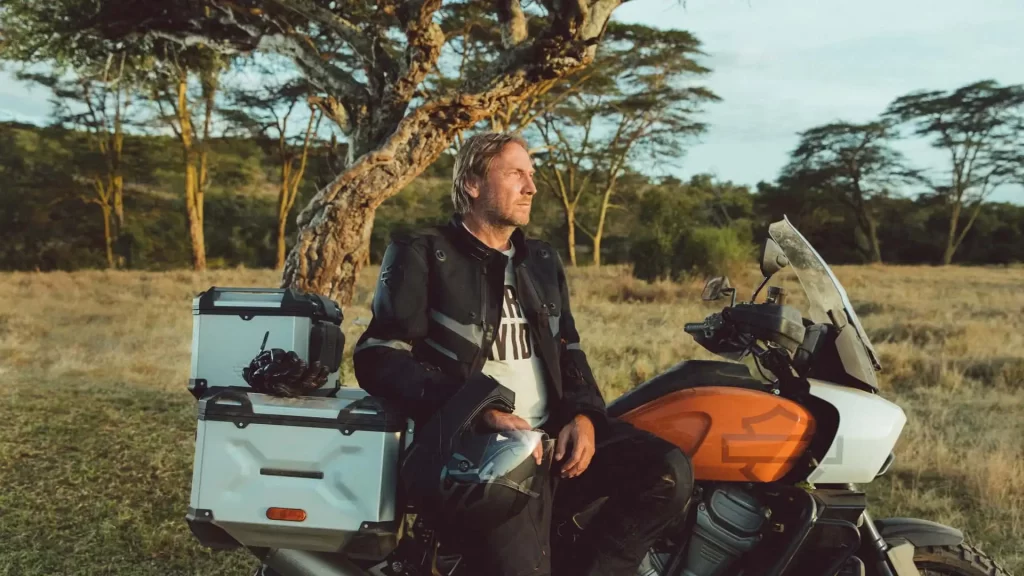-
We always see rake and trail figures in spec sheets.
-
Rake and trail play a large role in a motorcycle’s handling.
-
Hence the spec sheet figures provide an insight to how the motorcycle will handle.
A motorcycle spec sheet actually contains plenty of information regarding a bike – if you don’t only look at the horsepower figure. Other important aspects include the bike’s steering dimensions, namely rake (also called castor angle) and trail.
Rake and trail figures provide a general insight into a bike’s handling characteristics. We say “general” here because how a bike steers is a combination of rake, trail, chassis balance, centre of gravity, mass centralization, wheelbase and weight. However, the rake and trail figures play the biggest role in terms of steering, handling and stability as that’s where the rider inputs his steering forces.
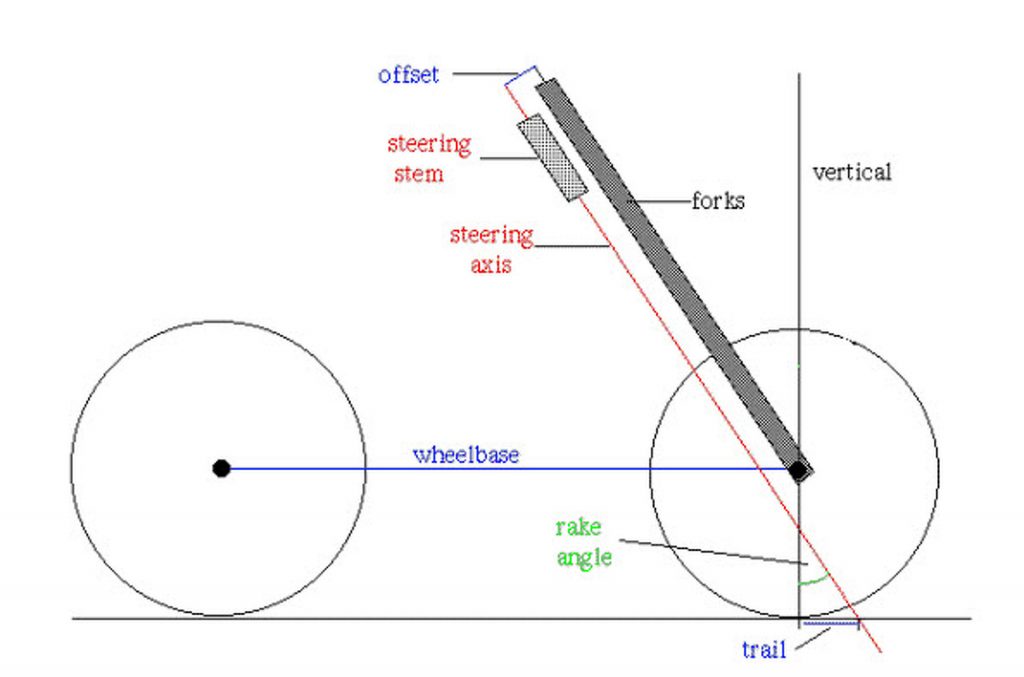
What is rake?
Rake refers the angle of the forks in relation to the vertical. First, draw a line along the centerline of the fork to intersect the horizontal ground. Then, draw another line vertically from the top of the fork to intersect the horizontal ground. The angle between these two lines is the rake (also known as steering angle or castor angle).
What is trail?
Let’s leave the line through the fork’s centerline in place. Now let’s draw a line from the steering head’s axis to intersect the horizontal ground. You will find a “gap” between these two lines – this is the trail, measured in milimetres or inches.
How do rake and trail influence handling?
A “steep” steering angle between 22 to 25 degrees gives the bike a quick-steering characteristic. A slight push on the handlebar will have the bike leaning over. A “relaxed” steering angle from 26 degrees and up will result in slower turning, on the other hand.
Similarly, a smaller trail figure results in a quick turning motorcycle and vice versa.
But this is where it gets interesting.
A steep steering angle combined with a small trail will have the bike steering quickly, but it’ll also become “skittish.” In other words, the bike will be nervous in a straight line and under hard braking. A relaxed steering angle together with a long trail results in a longer wheelbase and consequently a more stable motorcycle in a straight line but turns like a battleship (i.e. choppers).
So, manufacturers sometimes combine a steep rake angle with a slightly larger trail. It takes away some quick steering but provides more stability under hard acceleration and braking. This is especially true for sportbikes.
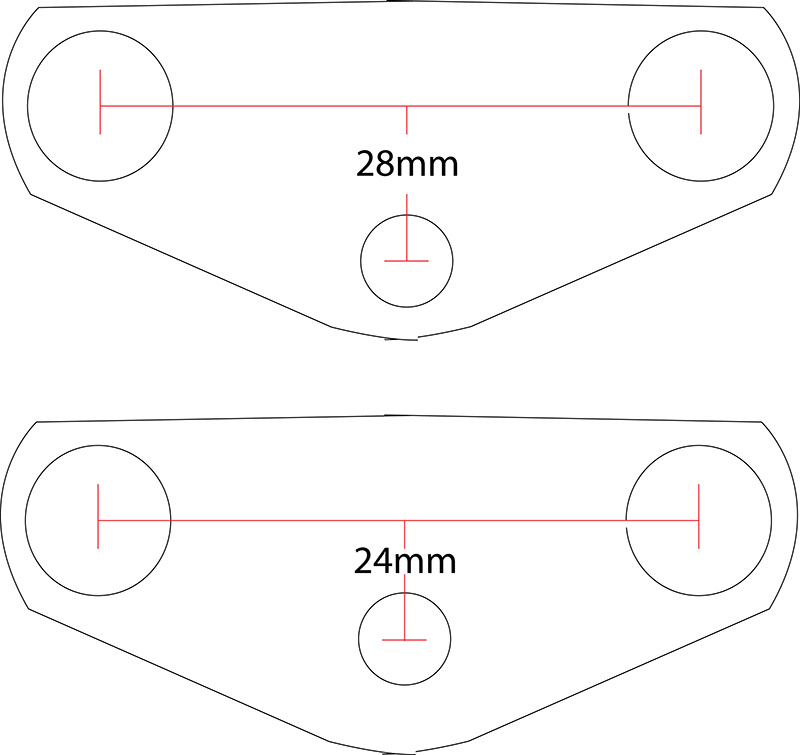
Can I change these characteristics?
Yes, you can by replacing the fork triple clamps.
Triple clamps with bigger offsets between the forks’ centerline and steering head result in bigger trail.
With this in mind, you can use a bottom triple clamp with more offset to enlarge the rake angle. Custom builders usually do this to choppers to “rake out” the forks (if they retain the bike’s stock frame).
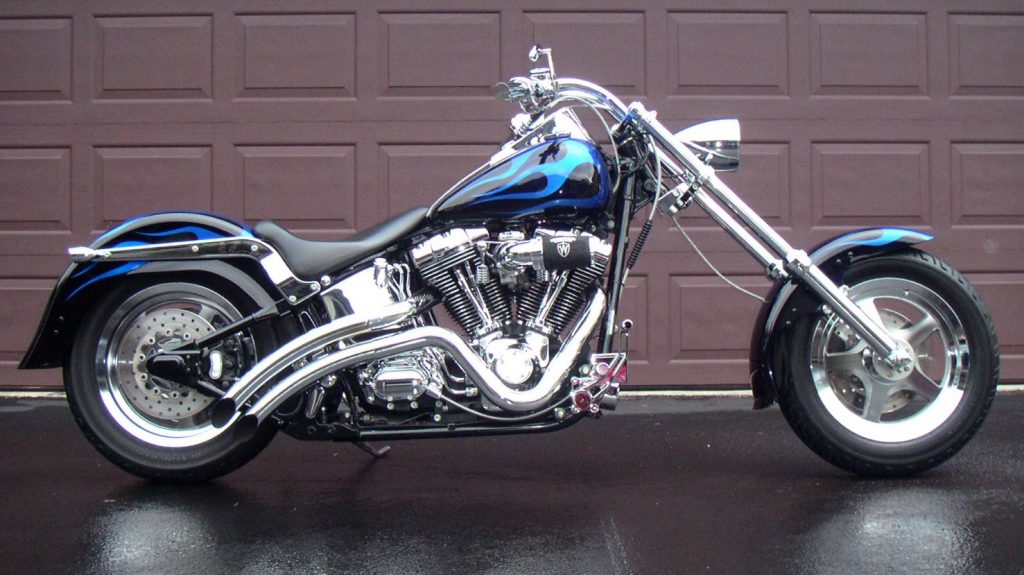
Other considerations
As we mentioned earlier, a bike’s handling characteristics is also dependent on a number of other aspects. One quick way to quicken your bike’s steering is by adding more preload to the rear shock to lift the rear. But please do so only within the suspension’s sag range. Do not add so much preload that it overwhelms the shock’s damping.
Another way is to bring the forks up through the triple clamps, effectively lowering the front.
We’ll look at the other aspects in detail next time.

